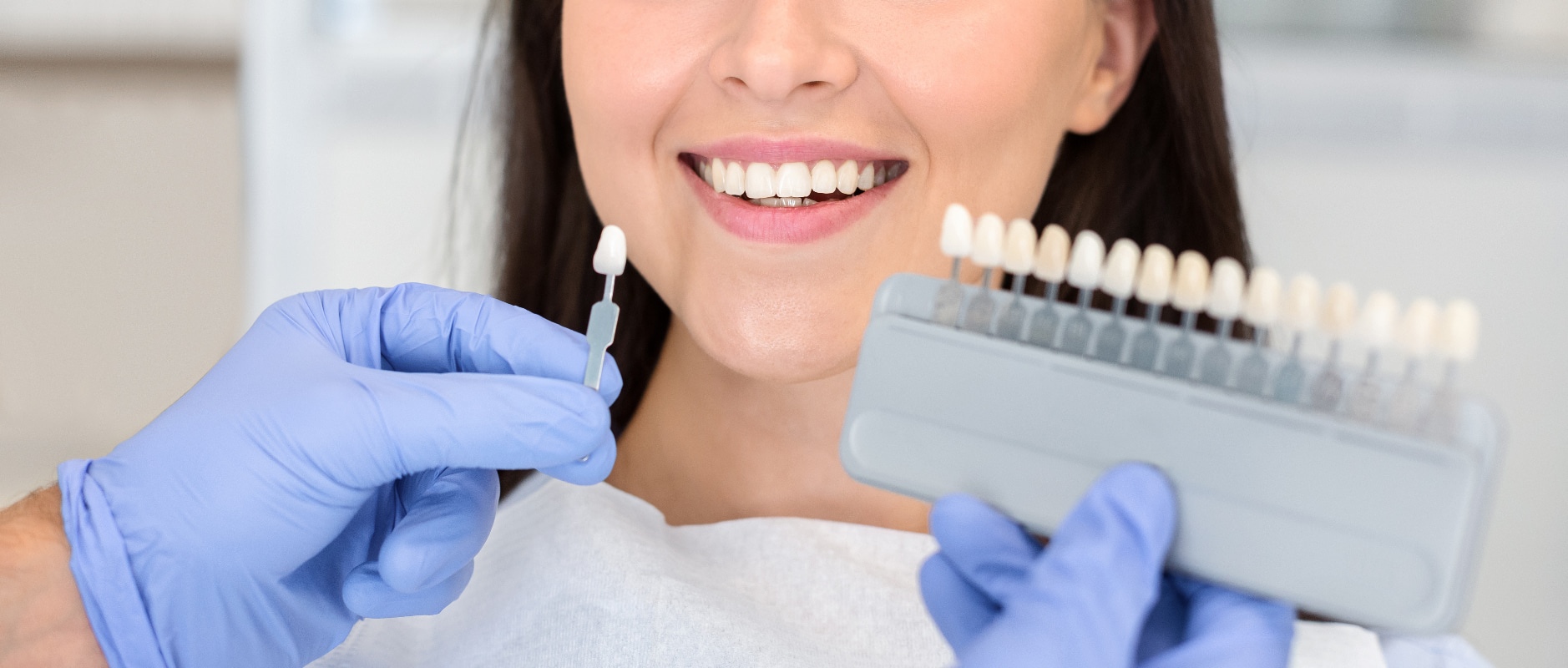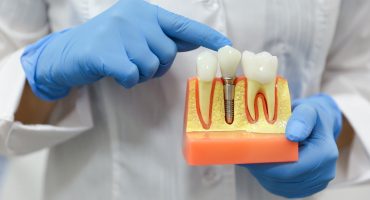Bright white teeth - that is the dream of many people, because after all white teeth stand for health, strength and attractiveness. However, the problem is that very few people keep their teeth bright during their lifetime. A variety of causes of unsightly discoloration of the teeth can come into question: Over time, for example, tea, coffee, wine or nicotine can make sure that a dark veil lays on bright white teeth.
Why actually have your teeth whitened?
Also certain medications as well as trace elements can lead to spots on the teeth. Dead tooth nerves can also cause the affected teeth to darken. And finally, the natural aging process ensures that the individual tooth color turns darker sooner or later.
It is within the scope of professional teeth cleaning to clean discolored teeth with powder blasters and polishing pastes. However, these measures only have a very superficial effect and are completely ineffective, for example, in tooth discoloration caused by dead tooth nerves.
With the method of bleaching, discoloration in the tooth itself can be eliminated. Whilst professional teeth cleaning serves a medical purpose, bleaching does not. From a medical point of view, bleaching the teeth is therefore not necessary or conducive to dental health.
However, many people choose to lighten their teeth for psychological reasons, because nowadays it is well known that the attractiveness of a face is significantly influenced by the appearance of the teeth. Bright white teeth stand for health and vitality and are also an expression of youth. As the tooth color can be lightened significantly by a bleaching, a fresh and friendly facial expression, which looks attractive to other people.
What happens during bleaching?
Chemical can be in two ways distinguished from each other Bleaching:
- reduction bleach
- bleach oxidation
Reduction bleach is only temporary. Sulfur compounds are used to remove oxygen from the discolored teeth. However, the treated tooth surfaces inevitably come back in contact with oxygen, so that the bleaching effect is only of a relatively short duration.
The oxidation bleaching, however, works over a longer period. In this case, chlorine compounds or hydrogen peroxide are used. Oxygen is released through these substances, which permanently destroys the dyes that have led to the unsightly tooth discoloration in an oxidation process. This lightening lasts about two years for healthy teeth.
Depending on the individual cleaning and consumption habits, the result after bleaching therefore remains between a few months and a few years. If you place value on bright white teeth, the teeth whitening must be repeated over and over again.
Two different methods of bleaching
There are basically the procedure two different ways of:
- Home bleaching
- In-office bleaching
In home bleaching, the patient receives tooth splints from the dentist, which are then individually prepared for the patient. These are usually made of plastic. The patient fills these splints at home with a special whitening gel and wears the splint over several days and nights until the desired whitening effect has set. It is important to monitor exactly how far the whitening of the teeth has already progressed. Basically, this method is considered relatively expensive.
Much more frequently, the so-called in-office bleaching is used. Here, the teeth are whitened directly at the dentist. In this procedure, a gel is applied to the teeth in the dental office, usually in combination with a UV lamp. An advantage of this method is that the complete bleaching operation is performed by qualified personnel. In addition, whitening can be done in a single session, which can take up to two hours.
What about the costs of teeth whitening?
The statutory health insurance companies do not bear the costs for whitening teeth, as this is a cosmetic measure. Professional home or in-office bleachings cost about 300 euros or 30 to 70 euros per tooth.
The limits of teeth whitening
While healthy and solid teeth usually bleach without any problems, this is not possible with bridges, crowns and fillings. Under certain circumstances, they form a strong color contrast to the brightened teeth after a bleaching treatment. Should a denture in the anterior region be necessary in the foreseeable future, the teeth whitening should be carried out about two weeks before the new dentures, as already made bridges or crowns can no longer be brightened - after all, you want the teeth whitening a uniform result and a uniform tooth color receive.
If individual teeth have discolored strongly, for example after a root canal treatment, they can form a after bleaching stronger color contrast to the other bleached teeth. In this case, it is advisable to think about a color matching crown.
Risks and side effects of teeth whitening
- The whitening of teeth is achieved by chemical substances. Some teeth may be sensitive to these substances. Thus, an increased sensitivity of the teeth or tooth necks and irritation of the gums during or after the whitening of the teeth are possible. Especially people who suffer from sensitive teeth should pay attention to this. However, these side effects quickly disappear when the bleach is discontinued - usually after a day or two.
- In the case of caries, great caution must be exercised, because tooth whitening can damage dental nerves of decayed teeth, which can lead to great pain. However, a professional dentist will thoroughly check your teeth before bleaching and treat any carious teeth first.
- When teeth are treated with bleach, demineralization may occur. These are changes in the enamel surface of the teeth. It has not yet been scientifically clarified whether a tooth can recover from this.
- Bleaching agents can only whiten the natural teeth. Ceramic cladding (so-called veneers), crowns or fillings can not be brightened thereby.
- In general, it is recommended that you whitening cream do not use more than twice a year.
Weitere Beiträge

Distraction
Before an implant, i.e. firmly anchored dentures, can be used, there are preparatory measures for the intervention of the implantologist. Distraction osteogenesis or callus distraction is an operative procedure in the field of oral and maxillofacial surgery for new bone formation.



